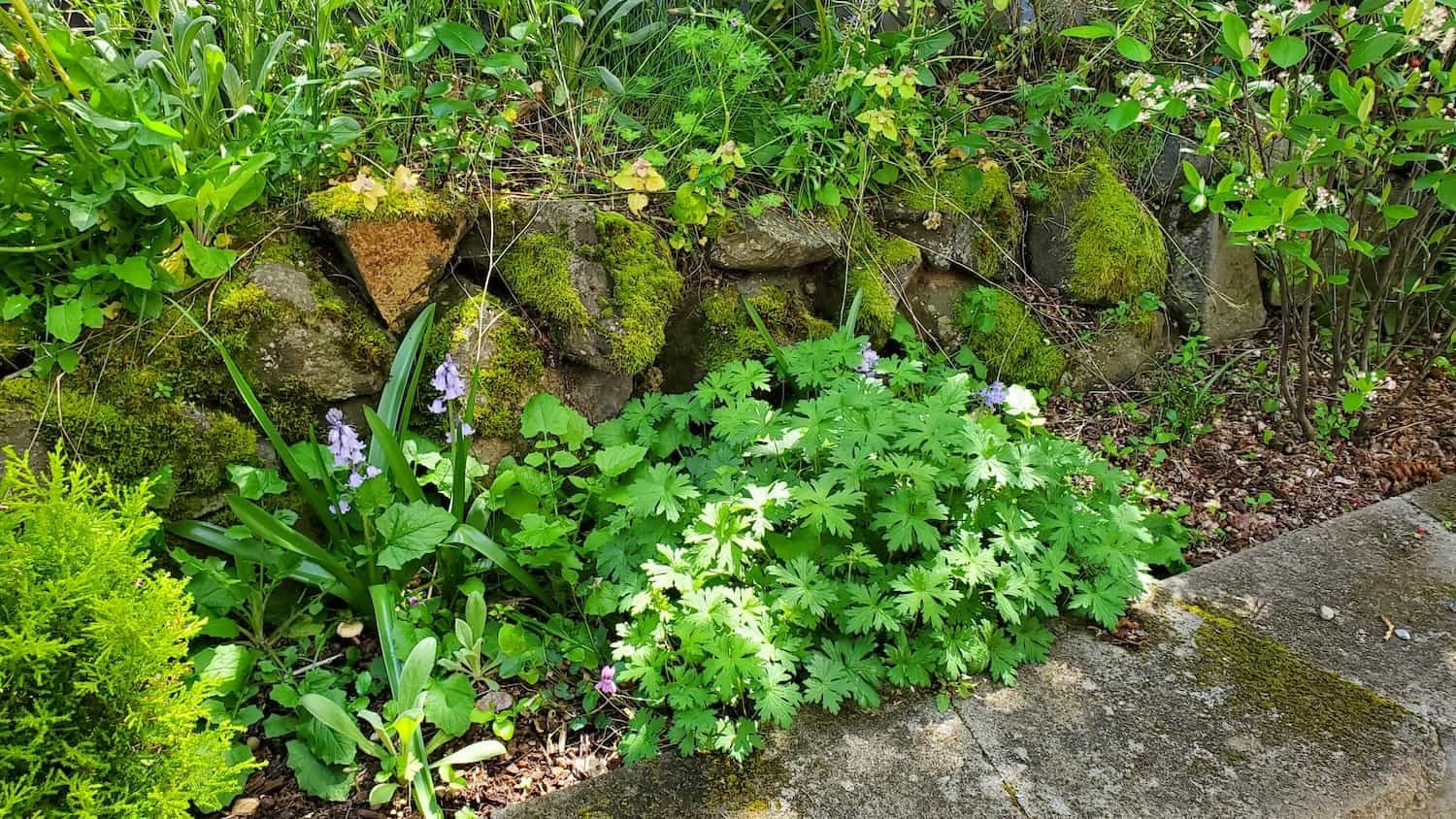West Seattle Norway maple removal
Homeowner’s Issue
Norway maples are common across West Seattle and the peninsula neighborhoods—Admiral, Morgan Junction, Highland Park and down toward Alki—but they become a real nuisance in our local soils and climate. The city’s compacted glacial till and urban fill make roots aggressive and prone to lifting sidewalks, cracking driveways, and heaving narrow planting strips. On shady north-facing slopes and under cedar hedges you’ll see moss and ivy take over once the hearty Norway maple shades out smaller natives. Near the shore at Alki and Lincoln Park, salty air speeds branch decline on exposed limbs; on steep lots in Fauntleroy and High Point, shallow roots worsen erosion and clog storm lines.
West Seattle’s wet, mild winters encourage root growth; dry July–August stretches stress young replacement plantings unless watered properly. HOA rules or City of Seattle street-tree regulations sometimes affect timing and permits, and neighbors notice fast—these trees make a big curb‑appeal statement. Removing a Norway maple here isn’t just cutting timber; it’s addressing drainage, compaction, replanting choices, and long-term maintenance so your yard works with our microclimate instead of against it.
Our Quality Service
We remove Norway maples using sustainable, low‑impact methods—no herbicides. Work starts with a site assessment and a clear plan for access, permits, and disposal. Small to medium trees: half‑day to a full day. Large or awkward trees: multi‑stage removal or arranged crane work; we’ll quote that up front. Equipment: chainsaws, stump grinder, chipper, hand tools, and tarps to protect lawn and plantings. All wood is chipped, stacked for reuse, or hauled away per your preference. We advise on replacement natives and soil fixes to prevent repeat problems.
Benefits: safer yard, protected hardscapes, improved curb appeal, reduced maintenance, and erosion control. We prioritize safety, neighbor respect, and lasting results.
What’s Included
- Onsite assessment and written quote
- Tree felling or sectional removal
- Stump grinding to below-grade (measurements as quoted)
- Chipping of branches; debris haul-away or green‑bin drop-off
- Site sweep and final clean-up
- Permit guidance and required paperwork
Options / upgrades:
- Replanting with local natives (vine maple, red osier dogwood, shore pine)
- Soil amendments and decompaction
- Mulch + landscape fabric for new beds
- Organic weed control and manual ivy removal (no herbicides)
- Erosion control measures (coir logs, engineered mulch)
Before & After / Expectations
Expect noise, wood chips, and some temporary disruption on service day. We need clear vehicle access and space to stage equipment; narrow alleys or steep drops may add time. Stump grinding leaves fine grindings—use as topdressing, compost, or we’ll haul it away. If you want replanting, plan for fall or early spring for best root establishment in our rainy season. Ivy and English laurel regrowth often requires follow-up manual pulls over 12–18 months; we include care notes.
Care tips for West Seattle:
- Water new trees deeply during dry summers (July–Aug), twice a month for the first year.
- Watch for moss and compacted soil in shady areas; loosen and top-dress in spring.
- Remove volunteer shoots promptly—Norway maple sprouts fast in moist soils.
FAQs
Q: Do you use herbicides to prevent resprouts?
A: No. We use grinding, manual removal, and repeated hand-pulls or solar mulching—sustainable methods only.
Q: How long will the job take?
A: Small trees: a few hours. Mid-size: half to full day. Large or complex jobs: scheduled with a multiday plan and clear timeline.
Q: Will I need a permit?
A: Possibly for street trees or large specimens. We’ll advise and help you through the permit process.
Q: What about neighboring trees and plants?
A: We protect nearby plants with tarps and hand work where roots overlap. If you want replanting, we’ll recommend species suited to your micro-site.
Call to Action
West Seattle homeowners: if a Norway maple is lifting your sidewalk, threatening foundations, or shading out your beds, book a free estimate. Fast scheduling, local know‑how, and sustainable methods—no herbicides. Email neatandtidyseattle@gmail.com to set a walk‑through or send photos. Phone scheduling available: 206-538-9344. Free quotes and honest advice from neighbors who know these slopes and soils.










